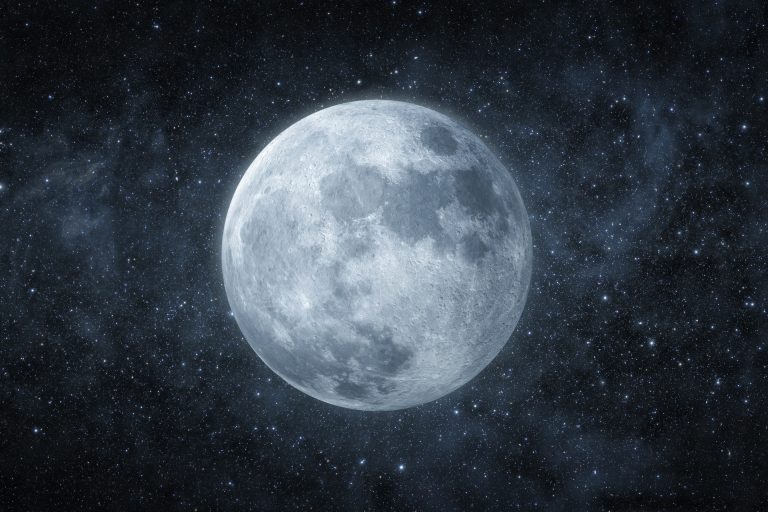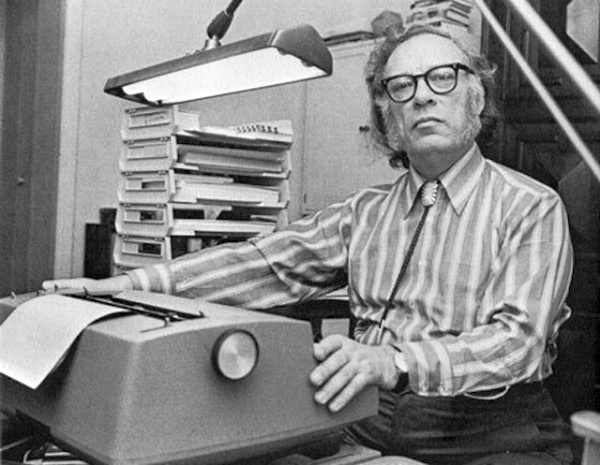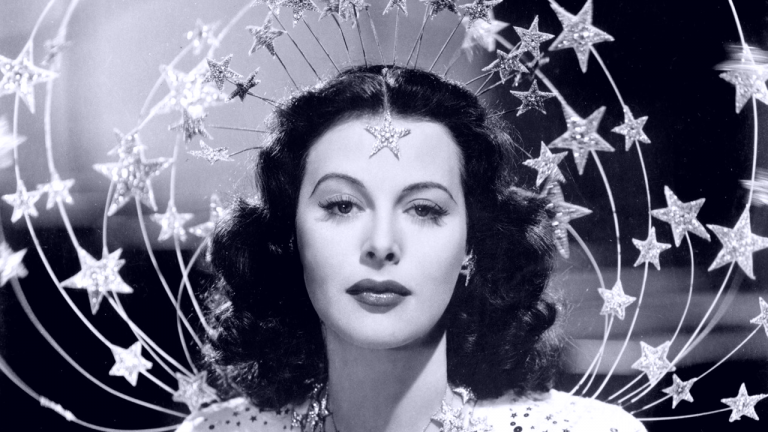They were elegant princesses – royalty on Earth. On the Moon, Grace and Diana are nearly neighbors.
Princess Diana of England and Princess Grace of Monaco shared numerous elements of their lives in common.
Grace Kelly was American royalty – a Hollywood actress who married a prince who was monarch of a small European nation-state, in a fairytale ceremony watched by millions around the world.
Diana Spencer was English royalty – a young woman of noble birth who married a prince destined to become monarch of a vast empire, in a fairytale ceremony watched by millions around the world.
And, by sheer coincidence, they both have craters on the Moon bearing their names, located less than ten kilometers apart. More on that in a bit.
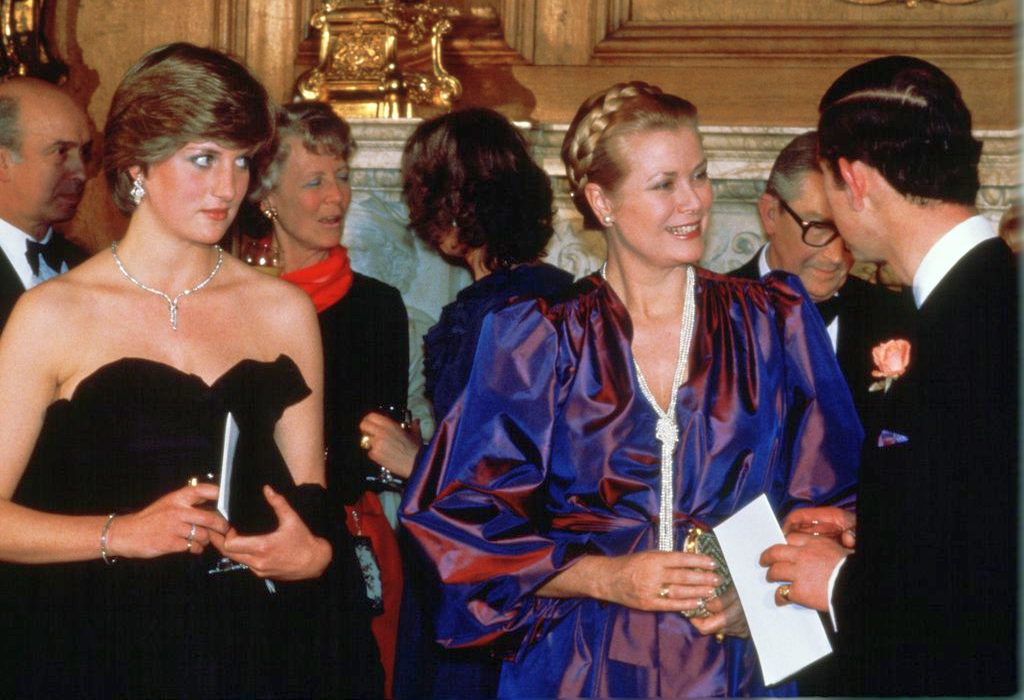
Both women were born to upper-class families, and both became members of royal families by marriage. Both were known for their beauty, elegance and style. Both were also involved in charitable work and were admired for their humanitarian efforts. Additionally, both women were married to the heirs to their respective thrones and were mother to future monarchs.
Both Grace and Diana, by tragic coincidence, lost their lives as the result of an automobile accident.
Princess Grace of Monaco – born Grace Patricia Kelly – was an American actress who became a real-life princess when she married Prince Rainier III of Monaco in 1956. Born in Philadelphia in 1929 to a well-to-do family, Kelly began her acting career in the early 1950s and quickly rose to fame, starring in several films such as High Noon, Dial M for Murder, and Rear Window. She won an Academy Award for Best Actress for her role in The Country Girl in 1955.
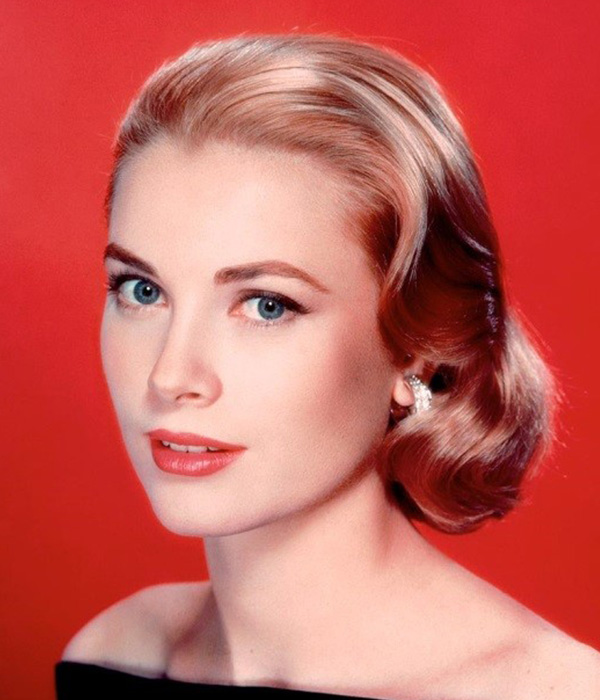
In the same year, Kelly met Prince Rainier III of Monaco at the Cannes Film Festival, and they were married the following year in a widely publicized ceremony. Kelly retired from acting after her marriage to focus on her duties as princess, but she remained involved in various charitable organizations and was known for her philanthropic work.
Princess Grace was a devoted mother to her three children, Princess Caroline, Prince Albert, and Princess Stéphanie. She was also highly involved in the arts, particularly the ballet and theater. She also had interest in fashion and often seen in designer clothing.
Tragically, Princess Grace died following a car accident in 1982, at the age of 52. She was widely mourned as a cultural icon and a devoted mother and wife. Her legacy lived on through her children and her charitable work, and she was remembered as a symbol of elegance – and grace.
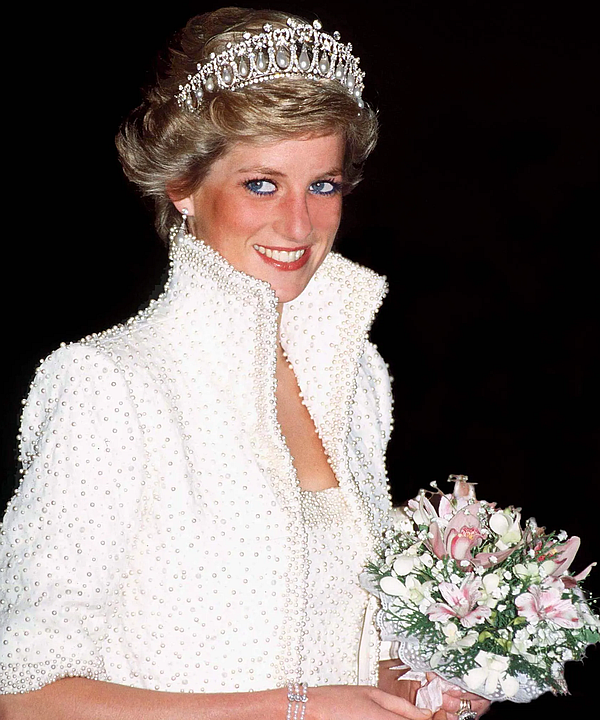
Princess Diana of Wales, born Diana Spencer, was the first wife of Charles, the Prince of Wales, and the mother of Prince William and Prince Harry. She was born in 1961 and grew up in a noble family; her father was an Earl.
Diana met Prince Charles in 1977, and they were married in a grand ceremony at St. Paul’s Cathedral in 1981, in a ceremony that was watched by millions around the world. Diana quickly became one of the most photographed women in the world and was known for her beauty and style.
Princess Diana was known for her humanitarian work, particularly her efforts to raise awareness about the issue of landmines and her work with organizations that helped people affected by HIV/AIDS. She was also a strong advocate for children’s rights and worked with many organizations that helped children in need.
In the early 1990s, Diana’s marriage to Prince Charles fell apart. The couple separated in 1992, and eventually divorced in 1996. Despite her personal struggles, Diana continued to carry out her public duties and was widely admired for her dedication to her charitable work.
Diana was killed in a car accident in Paris in 1997, at the age of 36. Her death was a shock to many, and she was deeply mourned by millions of people around the world. She was remembered for her elegance, her kindness and her humanitarian work.
Princess Diana was known as the “People’s Princess” for her genuine and relatable personality, her charitable work and her ability to connect with people from all walks of life. Even after her death, her legacy lives on through the charitable organizations she supported and through the lives of her two sons, Prince William and Prince Harry.
Grace and Diana met each other in person for the first time on March 3, 1981 at a music recital in London hosted by Prince Charles, just one week after Charles and Diana’s engagement was announced. The two women would meet several more times in the brief time they knew each other – and Grace attended their wedding in July 1981.
When Grace died following her automobile accident in September 1982, Charles blocked Diana from attending the funeral. Diana, however, went over Charles’ head and took her request directly to his mother, the queen, who approved her attendance.
But what about Grace, Diana, and the Moon?
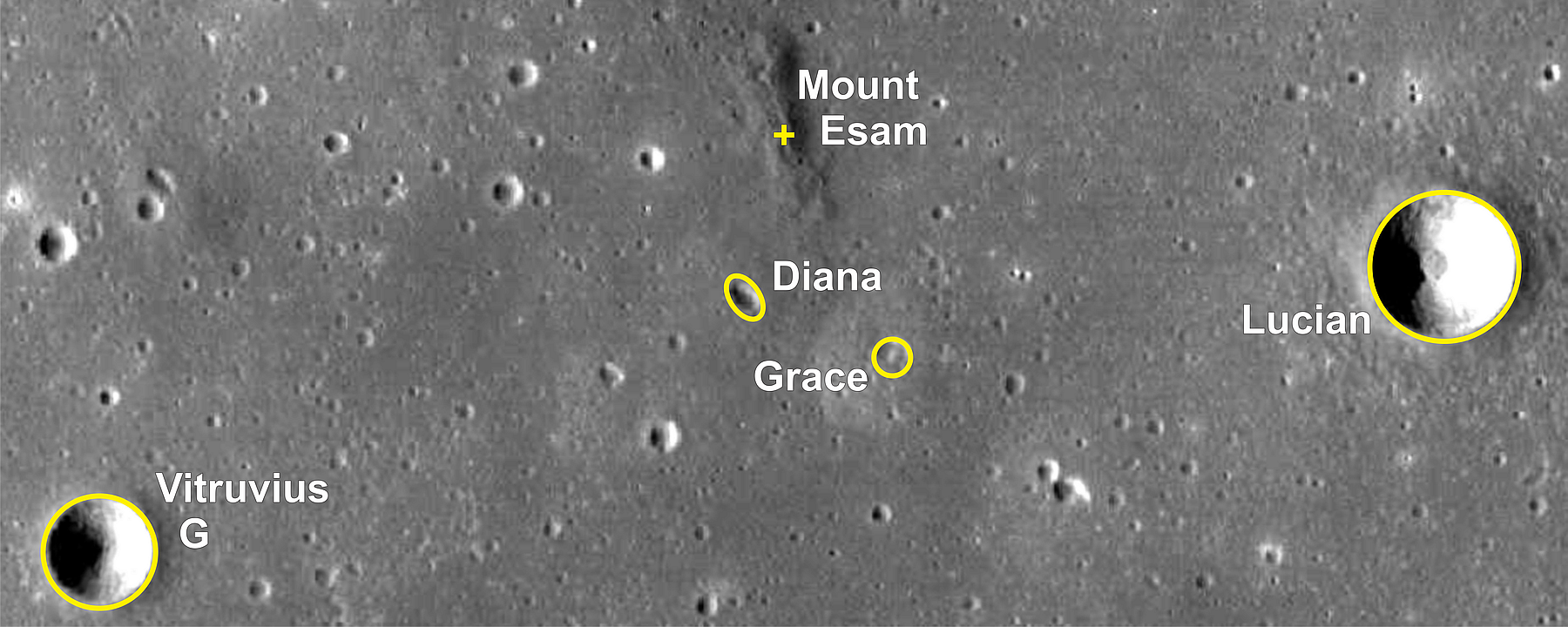
(Click image to enlarge.)
By the most coincidental of coincidences, two adjacent craters in the northeast region of Mare Tranquillitatis were dubbed “Grace” and “Diana” in the early 1970s.
There was, at the time, no intention to link the crater names to any specific person; the names were just that – names, used for no other purpose than to give the craters a simple moniker for identification purposes.
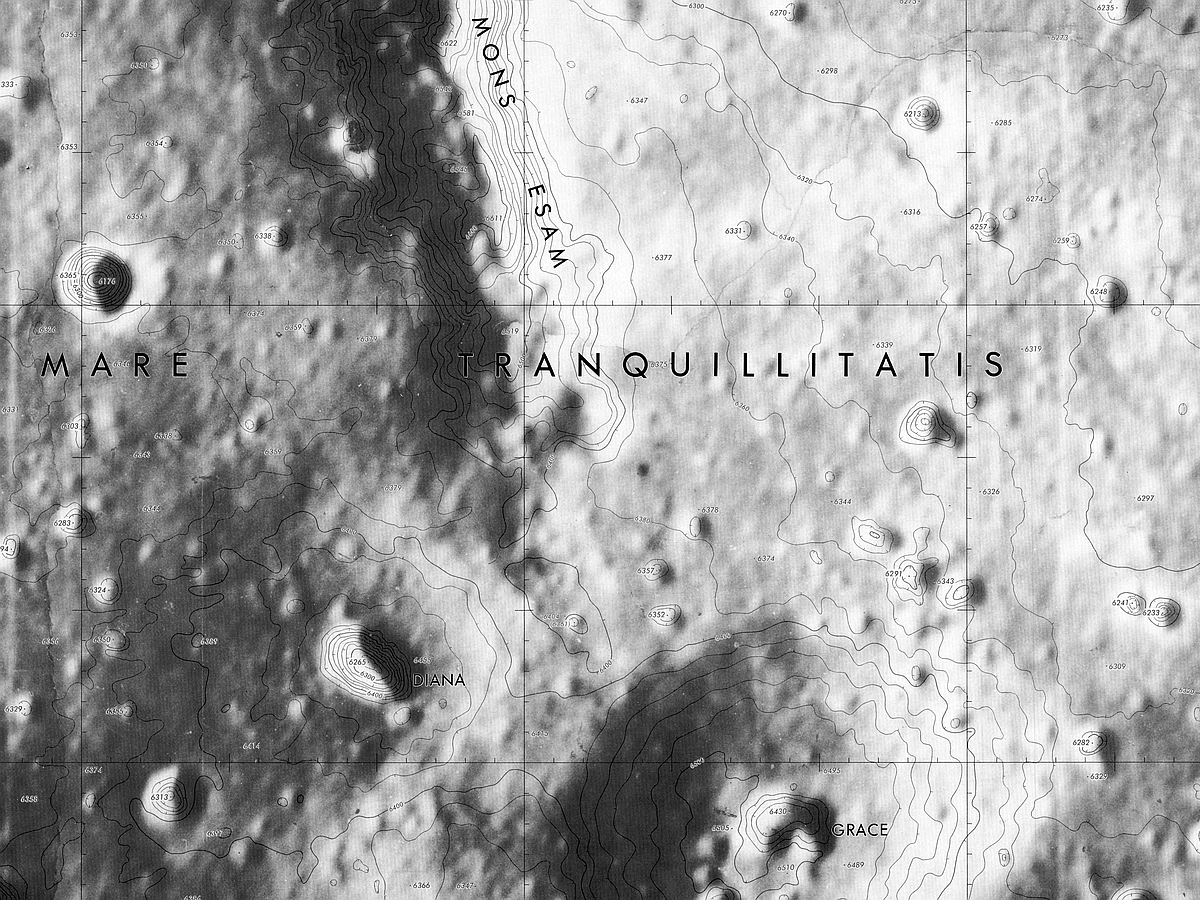
It appears that the craters originally debuted with their generic unofficial designations on NASA’s Lunar Topophotomap Sheet 61A2S1 in January 1976, along with Mons Esam, which rises to the north of the so-called “Princess Craters.”
The photomap, which was titled “Grace” for simplicity, incorporated relatively crude photographs and data from the Apollo 15 (December 1971) and Apollo 17 (December 1972) missions as its basis.
(There was some speculation that the craters may have been named for the daughters of an Apollo astronaut; no evidence exists to verify this.)

The names of the two craters, along with that of nearby Mons Esam, were officially adopted as part of the IAU Transactions XVIIB in 1979, though still with a generic air – Diana as a “Latin female name” and Grace as an “English female name.” Esam is similarly and generically listed in Lunar nomenclature databases as an “Arabic male name.”
During the same proceeding, the IAU approved a total of 95 “generic” crater names – common male or female “first names” from around the world, including Grace and Diana – that had appeared on recent Lunar photomaps.
The IAU noted that the names were “approved as assigned on an international basis to small features on large-scale map sheets of the lunar surface,” with the disclaimer that “no name on this list refers to any particular person.”
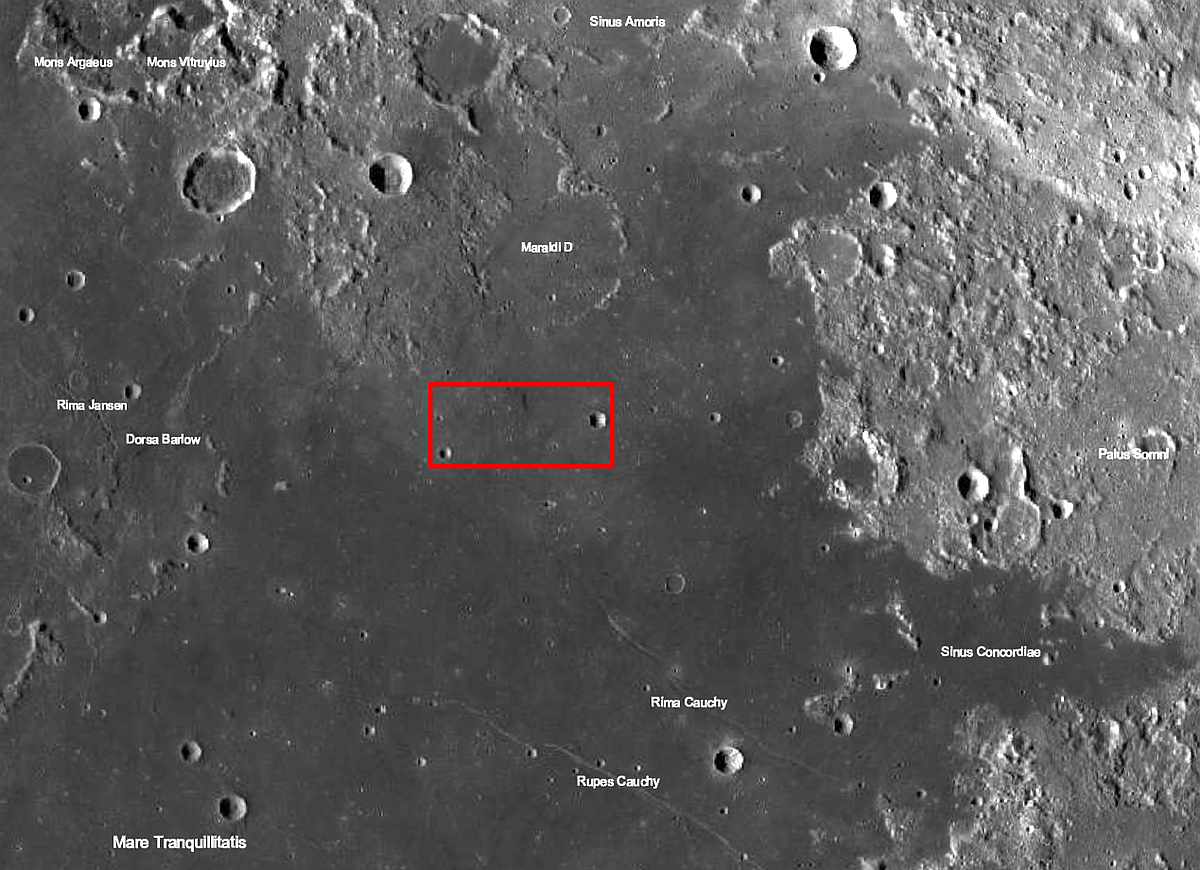
Diana, by the way, has yet another connection to the Moon.
In Roman mythology, Diana is the goddess of the hunt, wilderness, childbirth, virginity, and protector of women. She is often associated with the Moon, as the Roman equivalent of the Greek goddess Artemis, and was often depicted as having a crescent moon on her forehead.
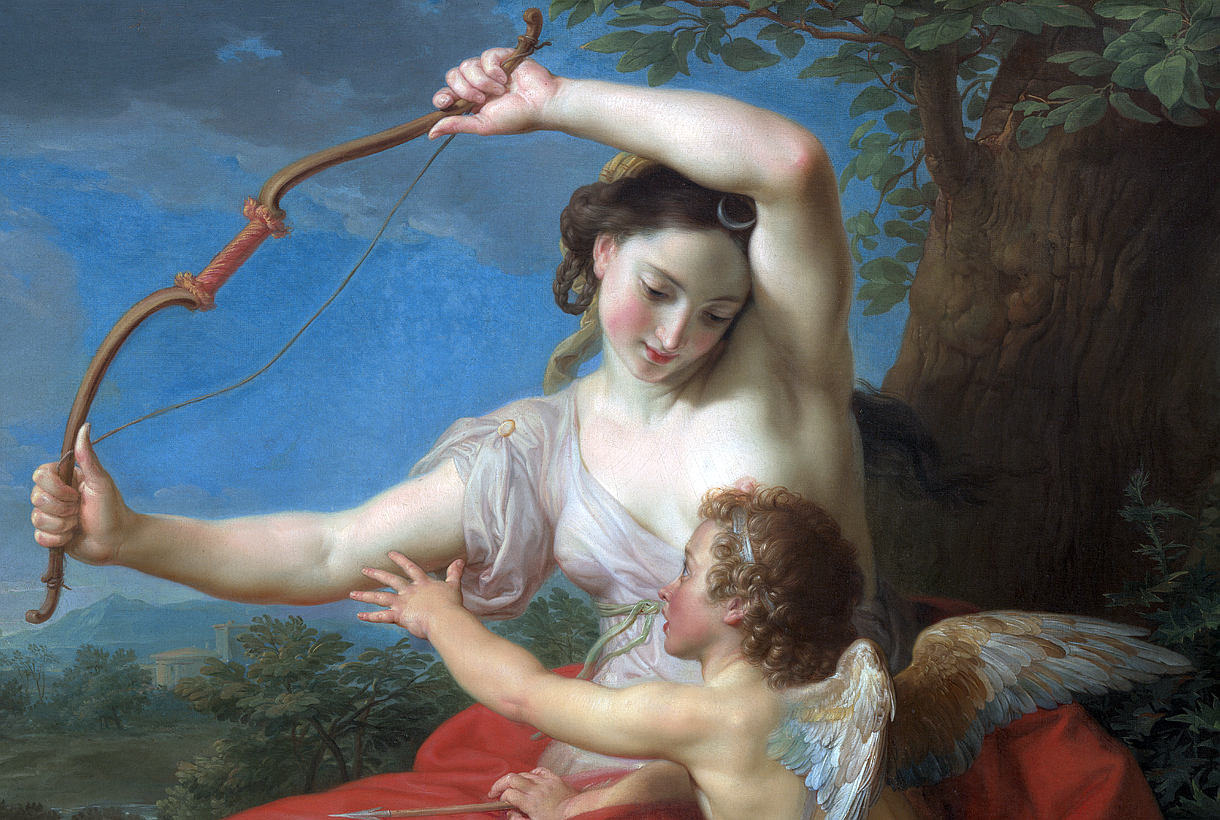
The connection between Diana and the Moon may also stem from both being associated with virginity, childbirth, and the natural cycle of life and death. Additionally, the Roman calendar was Lunar-based, and the nighttime was under Diana’s rule, as the goddess of the Moon.
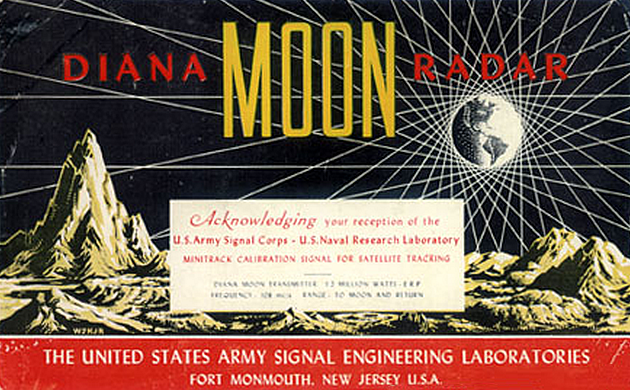
But wait – there’s still one more connection between “Diana” and the Moon, this one involving radio signals bounced off the Lunar surface.
Project Diana was an experimental exercise conducted by the US Army Signal Corps in 1946, with the goal of bouncing radar signals off the Moon and receiving the reflected signals. The project was named after the Roman goddess of the Moon, Diana.
The Signal Corps team, led by Captain John P. Davis, accomplished this feat on 10 January 1946 by using a radar transmitter located at Camp Evans in New Jersey and a receiver located nearby at Belmar, also in New Jersey. The signal was sent to the Moon and the reflected signal was received about two and a half seconds later. This was the first successful radar echo ranging experiment, and demonstrated that radar could be used for long-range communication and navigation.
Project Diana helped validate the potential of radar technology and was a precursor to the development of satellite communication, which is now widely used in various fields, including telecommunications, television broadcasting, and weather forecasting.
🌙
